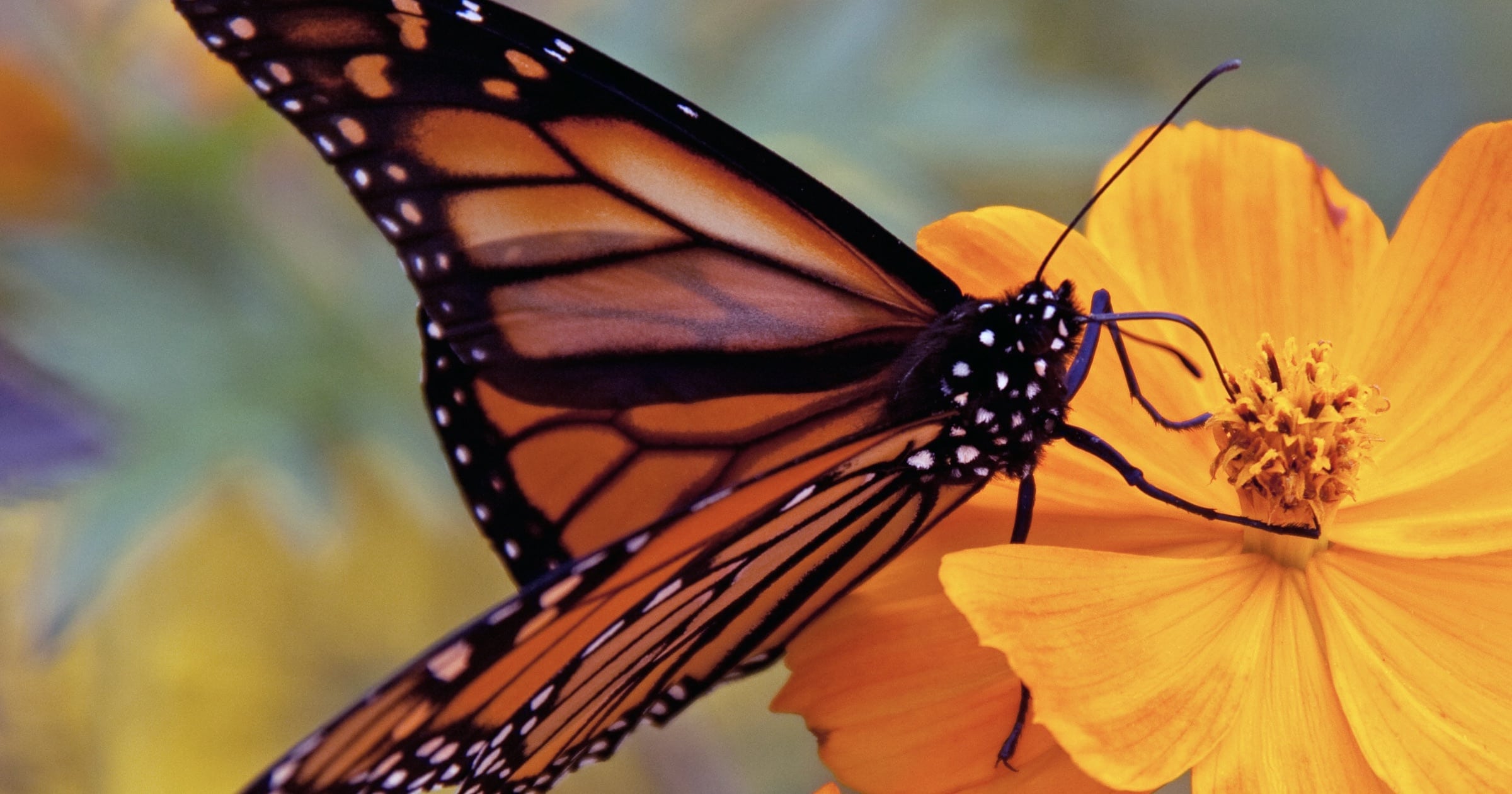 Evolution
Evolution
 Intelligent Design
Intelligent Design
The Year in Review: Intelligent Design Grows in Influence and Depth

Each year, as we ask for support for our work from readers of Evolution News, I review the progress the intelligent design program has made in the research, writing, and outreach fields. This past year scientists in our network continued to publish articles in peer-reviewed journals that showcase the predictive and explanatory power of the design framework. Discovery Institute’s Center for Science & Culture published books on topics ranging from artificial intelligence to the miracle of human existence. Leading scientists acknowledged either privately or publicly the weight and substance of design arguments. And a theory of biological design based on engineering principles continued to solidify and expand. There’s a lot to look forward to in 2023 — if we can count on your generous help to make it possible and share it with the world.
Influencing Leading Scientists
So let’s review. In 2022, I participated in several conferences and private events in which I interacted with prominent scientists. Several acknowledged the strength of our arguments critiquing the current scientific orthodoxy and defending the evidence for design in life. At a recent conference, I spoke with one of the most recognized and admired evolutionary biologists. In a private conversation, he accepted that the arguments for design based on engineering analyses of living systems were substantive. And during a public lecture, he even tacitly conceded that the information central to life points to design. He stated that he wished to wait for future research to potentially explain the origin of biological information through natural processes. But his tone of voice suggested that he doubted whether such an explanation would ever materialize.
At another meeting, I sat on a panel with one of the leading evolutionary theorists. He stated that standard evolutionary analyses addressing nontrivial transformations typically are severely deficient in their mathematical cogency. He also thanked scholars in the ID network for addressing with rigor and nuance such questions as the rarity of functional protein sequences and the required timescales for generating coordinated mutations. At another conference, top-level biologists affirmed the strength of my arguments for the challenge of evolving new proteins that perform complex tasks. Many still wished to wait for natural explanations for the origin of novel protein structures, but they now much better appreciate the severity of the challenge.
Life looks designed. But these interactions reminded me that persuading scientists deeply concerned about others’ opinions of them might often prove extremely challenging. And yet, convincing leading scientists with open minds working at elite universities only requires the opportunity of presenting them with the evidence in a safe setting. Stephen Meyer has demonstrated this principle by the endorsements that Return of the God Hypothesis has received from prominent figures including a Nobel laureate physicist. Likewise, Marcos Eberlin demonstrated it by the endorsements his book Foresight received, including three Nobel laureates.
Theory of Biological Design
Several research and writing projects moved forward over the past year related to analyzing biological systems from an engineering standpoint. Prominent biomimetics engineer Stuart Burgess published an article in the journal BIO-Complexity that detailed the exquisite highly optimized design of the ankle-foot complex. He also discredited claims that the complex demonstrates poor design. The article parallels the lecture Burgess presented at the Westminster Conference on Science and Faith.
Another article was recently submitted to a technical journal by a member of the Engineering Research Group (ERG) that describes how applying an engineering modeling tool to molecular machines elucidates their underlying design-logic and reveals deep insights into their operations. Two other members of ERG will submit a similar article related to modeling a metabolic network. Over the next year several additional articles will be submitted to respected scientific journals demonstrating the power of engineering models and principles to advance our understanding of biological systems. These projects represent just a small sample of the research that will commence over the next decade, applying engineering principles and tools to biological investigations.
ERG members are also synthesizing the insights generated by these projects into a comprehensive theory of biological design (TBD). Preliminary components of TBD were presented in the recently published Your Designed Body by Steve Laufmann and Howard Glicksman (here, here). I presented other elements in the recently published book Science and Faith in Dialogue. A free PDF of the book is available for download. This framework will help guide future biologists to expand their understanding of life most effectively, and it will help engineers to best apply the ingenuity seen in life to human creations.
The Coming Year
The evidence for design in nature continues to reach increasing numbers of people. The Evolution News and Mind Matters news sites served a combined 3.6 million users. Discovery Institute’s YouTube videos received 8.2 million views. Stephen Meyer’s videos at PragerU received over 15 million views. Behind the scenes, ID scientists have developed communication channels with top-level scientists outside our circles who also wish to critically evaluate the scientific status quo about life’s origin and development. Our influence grows and grows despite severe opposition.
At the same time, scientific research continuously strengthens the design arguments. Origin-of-life experiments continue to highlight the implausibility of natural processes ever generating a minimally complex cell. Rice University chemist James Tour recently launched the second season of his series debunking claims to the contrary.
Studies of variation and adaptation in numerous species consistently reinforce the fact that evolutionary processes are highly constrained. And advances in systems biology and other biological subdisciplines reveal the same engineering principles used in human engineering employed in life. The differences reflect how life demonstrates far superior design.
Our researchers will continue to support and communicate what represents the earliest stages in the next great scientific revolution. Thank you for your support and participation in this important work. Please take a moment now to help keep it going strong in 2023!
